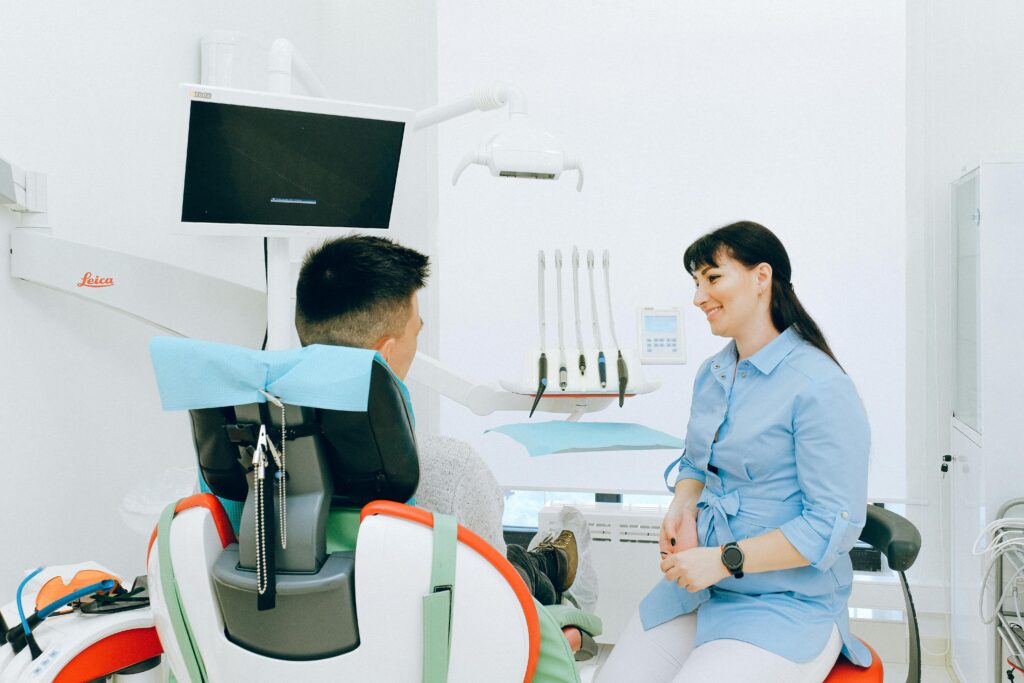What is ISPOR? What are ISPOR Translation and Cultural Adaptation of PRO Principles? Back in 1999, The Professional Society for Health Economics and Outcomes Research’s (ISPOR) Third Annual European Congress congregated the Translation and Cultural Adaptation group (TCA) with the intention of debating which standards led the process of translation and cultural adaptation of patient-reported outcome (PRO) measures. After discussing diverse methodologies and published guidelines, they concluded there was a general lack of consistency within them, and new practical guidance was needed to synthesize techniques and systematize the fundamental steps that would guarantee to carry out the process with the highest degree of accuracy.
In consequence, the TCA group developed the “Translation and Cultural Adaptation of PRO—Principles of Good Practice”, a report that reviewed multiple methods and evaluated their strengths and weaknesses. That resulted in the enumeration of ten steps every Language Service Provider (LSP) should follow when translating PRO measures.
Contents:
ISPOR Translation and Cultural Adaptation of PRO—10 Principles of Good Practice
1. Preparation
It is the work carried out before the actual translation begins. The client or the project manager (PM) will be responsible for:
- Contacting the instrument developer for permission to use it and translate it—an essential step as skipping it could lead to prosecution for unauthorized use of copyright material.
- Inviting him/her to be involved in the translation process, so they could help clarify ambiguities and avoid misinterpretations of items or concepts.
- Recruiting key in-country people for the project. They should be native speakers of the target language, fluent in the source language, and should reside in the target country. Besides, they should come from a medical/health/psychology/social science background and have experience in translating or managing the translation of PRO measures.
2. Forward translation
Consists in the translation of the original instrument into the target language. More than one forward translation is recommended during the process, to compare results and reduce forward translators’ potential bias. Also, at least one of the translators should be a native speaker of the target language with prior experience in the translation of PRO measures, and the PM should provide them with background information about the conceptual basis of the measure to make sure they produce understandable translations for the general population.
3. Reconciliation
It refers to comparing and merging more than one forward translation into a single forward translation. If possible, it should be discussed and carried out by the key in-country person and the second forward translator, under the advice and supervision of the PM.
4. Back translation
It is the quality-control step. Once the reconciled translation is done, it is necessary to translate it into the source language to demonstrate it has the same meaning as the original instrument. Back translators should be professional translators, native speakers of the language of the source measure, and fluent in the target language. They should not have prior knowledge of the measure and should not see the source or any other language version before or during the task.
5. Back translation review
According to the TCA group, this is a key component of the cross-cultural adaptation process as it ensures the conceptual equivalence of the translation. It is the comparison of the back-translated versions of the instrument with the original to highlight and investigate discrepancies between them. The ones in charge of making the review are the PM and the key in-country person.
6. Harmonization
It ensures intertranslation validity. It harmonizes back translations of multiple language versions with each other and with the original instrument. This is essential to highlight discrepancies between the original and its derivative translations, as well as to achieve a consistent approach to translation problems. Furthermore, it allows the reliable pooling of data from randomized controlled trials.
7. Cognitive debriefing
The new translation is tested on a small group (5 to 8 respondents) to test alternative wording and to check the understandability, interpretation, and cultural relevance of the translation.
8. Review of cognitive debriefing results and finalization
It incorporates findings of the debriefing process to improve the translation’s performance by comparing the patients’ interpretation of the translation with the original version. If needed, modifications will be agreed upon between the PM and the key in-country person; after that, the translation can be finalized.
9. Proofreading
It is the final review of the translation to highlight and correct any typographic, grammatical or other errors that might have been missed during the process. It can be done by a key in-country person and/or a proofreader.
10. Final report
It is a document where the PM provides a detailed description of the methodology used, plus all translation and cultural adaptation decisions made throughout the process; it can be useful for interpreting derivative data sets or informing future translations of the same instrument.
In summary, the exhibition of the ten principles provided by the TCA group reveals the added value specialized LSPs have within the market. As the previous review demonstrates, high quality and substance of a medical translation and cultural adaptation project cannot be reached on simple ability alone—it also takes experience, a certain background, and a profound knowledge and management of methodology.
These rules and techniques guide us deftly through the medical translation process and help us reach our goals with accuracy; therefore, they constitute our most precious instruments.
Do you have medical translation needs? Contact us today for a free assessment and quote!



